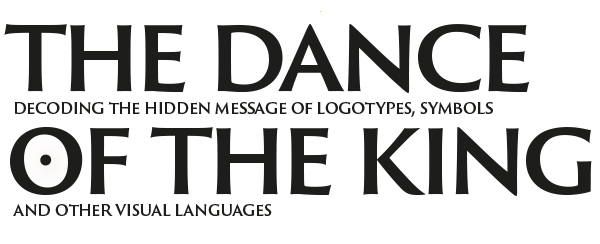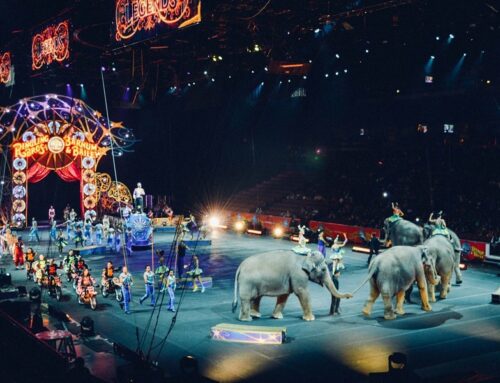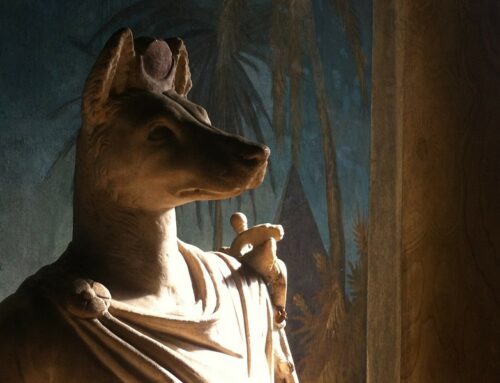When the sky speaks:
Tracing the origins of Bull and Bear markets in the stars
In finance, the terms bull market and bear market are shorthand for the general direction and mood of the stock market. A bull market is a time of sustained rising stock prices, typically a 20% increase or more from a previous low, driven by optimism, confidence in the economy, and enthusiastic investors eager to ride the wave of growth. A bear market, by contrast, sees prices falling at least 20% from a previous high. It’s a time when doubt takes the wheel – profits shrink, forecasts dim, and fear makes itself at home in the hearts of investors.
The animal metaphors are well-known: the bull thrusts its horns upward (a rising market), while the bear swipes downward with its claws (a falling market). While poetic, this explanation is mostly symbolic and not rooted in historical fact. The term bear does, however, have a more precise origin. According to historians and sources like the Oxford English Dictionary, the word traces back to 18th-century London stock traders who would “sell the bear’s skin before they had caught the bear” – that is, they would sell something they didn’t yet own, expecting to buy it later at a lower price. This was early short selling. These traders were soon dubbed bears. The term bull later emerged as the opposite, though its origins remain more obscure.
But when I see these two creatures side by side (bull and bear), I know we must look higher, to the stars.
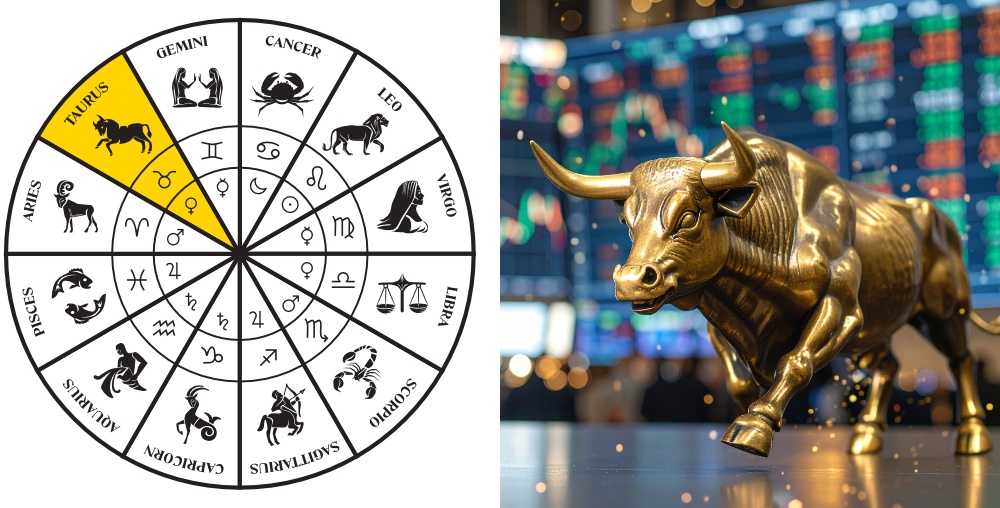
The bull market: Taurus
In astrology, the zodiac is divided into twelve houses, each representing a domain of life: work, love, money, personal growth, and so on. These houses are symbolically linked to the twelve zodiac signs, following the natural rhythm of the year. The cycle begins with Aries, the first sign of the zodiac, aligned with the spring equinox around March 21 – astrology’s true New Year. Aries initiates life. It’s the spark, the impulse, the first breath. Taurus follows – stable, grounded, and concerned with the tangible. Taurus rules the second house, which governs security, self-worth, and, crucially, material wealth, possessions, assets. The value we assign to what we have and hold. And it’s during Taurus season that the Sun climbs higher and higher in the sky; an upward movement, a natural ascent. Here lies the essence of the bull market: growth, value, stability, and the rising light.
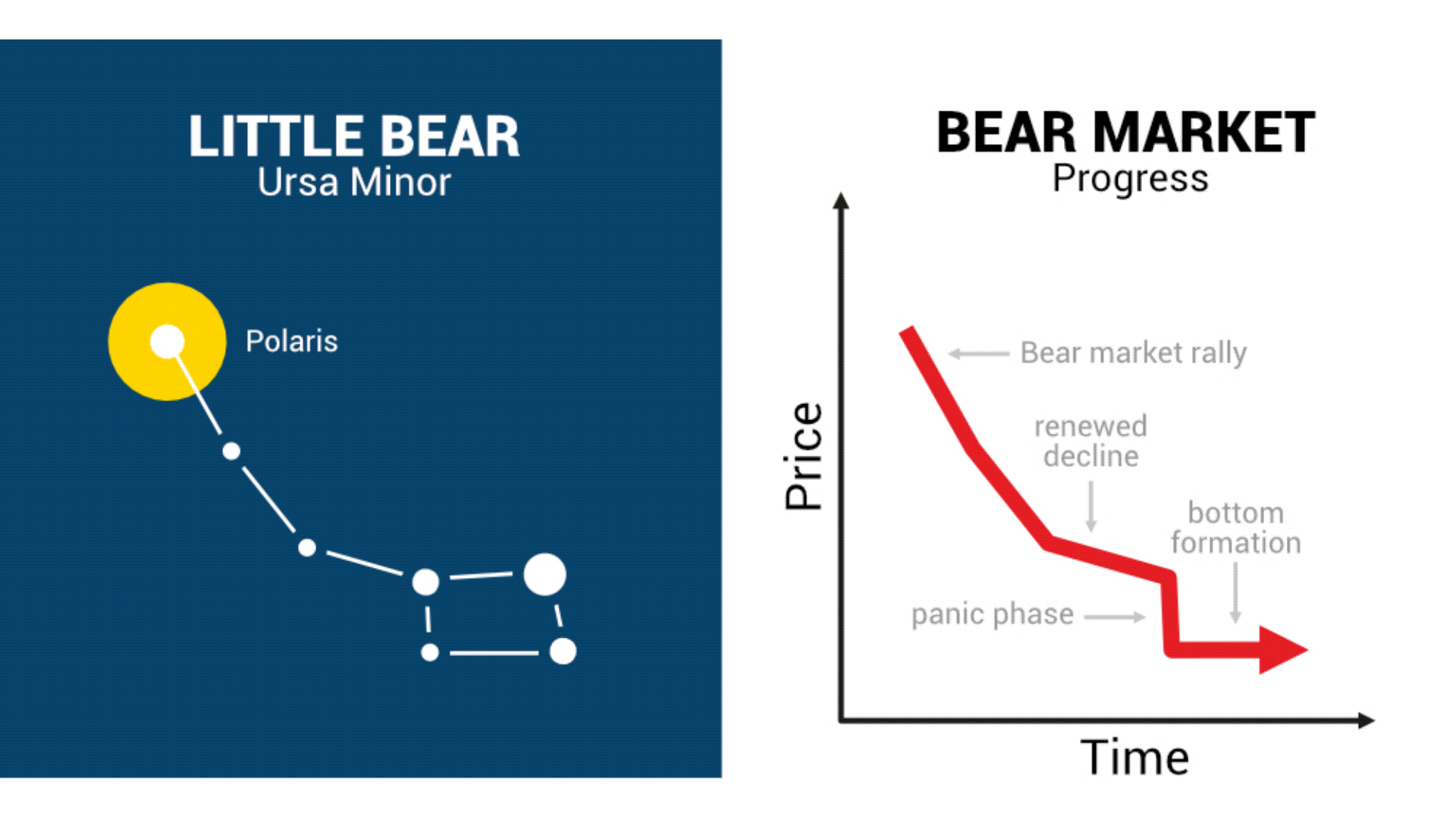
The bear market: Ursa Minor
We turn our gaze to the constellation Ursa Minor – the Little Bear for the negative bear market. The resemblance between this star pattern and a sharply declining stock chart is striking when viewed graphically, especially in winter. During this natural “cooling period,” when temperatures drop(!), the stars of Ursa Minor trace a descending line from Polaris, the North Star. Polaris sits high in the sky, marking the celestial summit; from there, the remaining stars seem to tumble down in a stepped, downward path – like a slow cosmic slide. Likewise, in a typical market chart, a steep decline often begins with a peak – the highest point in the stock’s trajectory – followed by a sequence of lower highs and deeper lows. A clear downward progression. Just like Ursa Minor, there is a definitive starting point from which everything begins to slip. The constellation becomes a symbolic mirror of loss and decline. It’s all there in the sky.
My financial advice—for whatever it’s worth? Learn to read the heavens. They’ve been guiding fortunes far longer than any ticker tape. 😉
